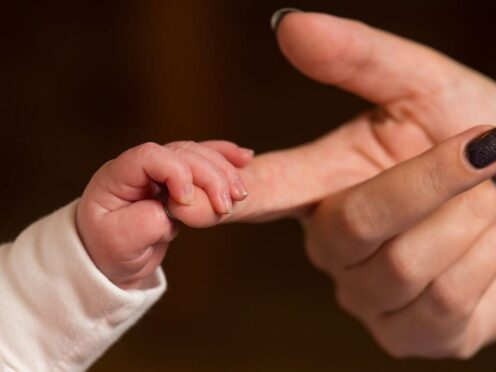Around 170,000 families will be taken out of paying a tax charge, under reforms unveiled in the Budget.
The Government will increase the threshold at which the high income child benefit charge starts to be charged from £50,000 to £60,000, from April 2024.
The charge had been triggered when one parent in a household claiming child benefit has taxable income of £50,000 or more – but the threshold has been criticised for falling unfairly on the shoulders of single parents, as it is based on the income of the highest earner.
It has also meant that a couple could earn £49,999 each and still receive all their child benefit.
People whose income is over the threshold can get child benefit payments and pay any tax charge at the end of each tax year, or opt out of receiving payments and not pay the tax charge.
However, not receiving the benefit can have implications if one parent takes time out of work to look after children – as some people may have years where they do not pay enough national insurance (NI) to count towards the 35 years of contributions needed for a full state pension.
The Government also announced on Wednesday that the rate at which the fee is charged will also be halved from 1% of the child benefit payment for every additional £100 earned above the threshold, to 1% for every £200.
This means that child benefit will not be withdrawn in full until a parent is earning £80,000 or more.
Overall, the Government estimates that 485,000 families will gain an average of £1,260 towards the costs of raising their children in 2024/25 and that 170,000 families will be taken out of paying the tax charge.
It plans to administer the charge on a household rather than an individual basis by April 2026 and it will consult in due course.
Mike Ambery, retirement savings director at Standard Life, part of the Phoenix Group, said: “The tax system is awash with cliff edges and tapers which not only create a great deal of complexity but also disadvantage certain groups of people.
“Chief among these is the high income child benefit charge and it’s welcome news that the Chancellor has decided to recognise the unfairness of the current system.”
He added: “Child benefit can be worth thousands of pounds a year to some families and today’s move could make a real difference in those household where budget are tight after two years of rising prices.”
